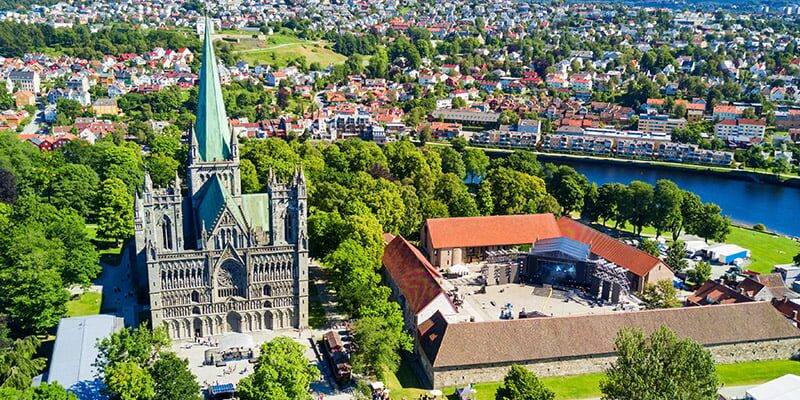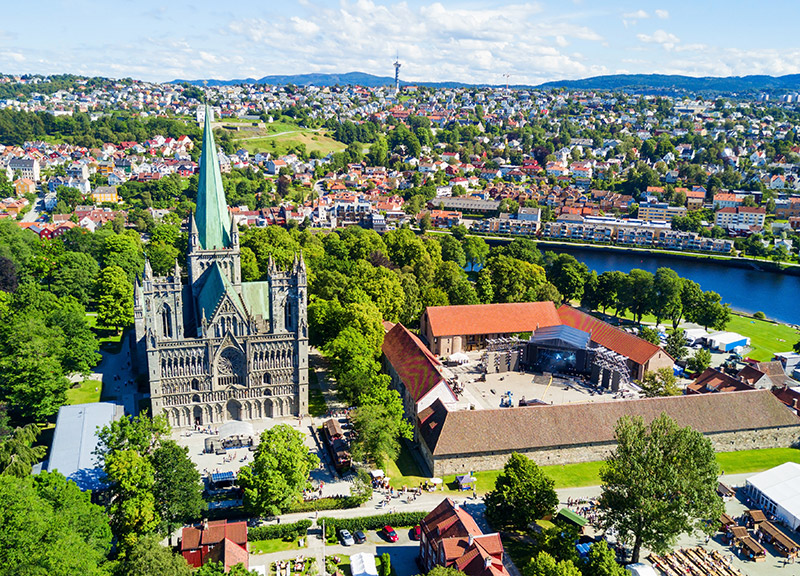
Yesterday’s visit to St. John’s, the capital of Newfoundland, was an exciting look inside coastal living in northern Canada. The weather was cool but pleasant, the people friendly, and the town of roughly 114,000. It was a mix of old and new architecture, as shown in today’s photos.

From the ship’s brochure:
“St. John’s, the capital of Newfoundland, is the providence’s largest city. It was settled by the British in the 1600s. St. John’s is one of the oldest cities in the “New World.” Known for colorful row houses, it has the perfect balance of luxurious city and old-town charm. Guests can wander the streets learning the history of this fishing town, or for the more adventurous, hike up Signal Hill and enjoy the views.”
It was a lovely town filled with old-world charm, which we thoroughly enjoyed.

Here are more facts about St. John’s, Newfoundland…
From this site:
“St. John’s, capital and largest city of Newfoundland, Newfoundland and Labrador, Canada, at the eastern end of the Avalon Peninsula. It stands on the steep, western slope of an excellent landlocked harbour that opens suddenly to the Atlantic. The entrance, known as the Narrows, guarded by Signal Hill (500 feet [150 metres]) and South Side Hills (620 feet [190 metres]), is about 1,400 feet (425 metres) wide, narrowing to 600 feet (185 metres) between Pancake and Chain rocks. It was probably visited in 1497 by John Cabot on the Feast Day of St. John the Baptist and was early used as a haven for fishing vessels.
In 1583 a marker was placed on the shore by Sir Humphrey Gilbert claiming possession of Newfoundland for England, but permanent settlement was not made until the early 17th century. St. John’s prospered as a fishing port, despite frequent attacks by the French and disastrous fires in 1816–17, 1846, and 1892.
The city, one of the oldest and the most easterly in North America, now dominates the economic and cultural life of the province. It is the island of Newfoundland’s commercial and industrial centre, a major ocean port, and the base for the provincial fishing fleet; it is also the easternmost terminus for the Trans-Canada Highway and for several national airlines. Among its varied industries are shipbuilding, fish processing, brewing, tanning, and the manufacture of clothing, hardware, marine engines, paint, and furniture.
The city’s two cathedrals (both dedicated to St. John the Baptist) are the ornate basilica (1841; Roman Catholic) and the ecclesiastical-Gothic Anglican cathedral (originating in 1816 and rebuilt after the great fire of 1892). The Confederation Building (1850) replaced the Colonial Building (1860) as the provincial headquarters and houses a military and naval museum. St. John’s is the home of the Memorial University of Newfoundland (1925) and Queen’s College (1841; Anglican), and its Newfoundland Museum displays relics of the extinct Beothuck tribe (Newfoundland’s original inhabitants). Signal Hill Historic Park, once a location for signaling the approach of ships, memorializes several events, including John Cabot’s presumed landfall (commemorated by a tower [1897]); the French-English struggle for Newfoundland that ended in 1762 with the last shot fired on the hill (remnants of the fortifications, notably the Queen’s Battery, remain); and the reception atop the hill at the Cabot Tower by Guglielmo Marconi of the first transatlantic wireless message in 1901 from Europe. From the city’s Lester’s Field, the aviators Captain (later Sir) John Alcock and Lieutenant Arthur Brown took off in 1919 to make the first nonstop transatlantic flight to Clifden, Ireland.
The Quidi Vidi Battery, which once guarded the entrance to a small fishing harbour east of Signal Hill leading to a small lake, has been restored to its 1812 appearance; the annual (August) regatta, held since 1828 on the lake, is one of the oldest organized sports events in North America. Inc. 1888. Pop. (2006) 100,646; metro. area, 181,113; (2021) 110,525; metro. area, 212,579.

Memorial University of Newfoundland
Last night, after dinner, we headed to the theatre to watch the show, a live entertainer who impersonates Neil Diamond. The performance was excellent, and we enjoyed every moment. When it was over, we headed back to our cabin for another good night’s rest. Again, Tom headed to breakfast alone while I stayed behind, got up, showered, and dressed for the day.

When he returned, we put together another load of laundry since we won’t have access to laundry facilities until we get to Henderson, Nevada, where we can do laundry at Richard’s house or a laundromat near the Green Valley Ranch Resort, Spa, and Casino. This time, we’ll have a rental car so we can get around and do whatever we need to do; renew our driver’s licenses, pick up mail from our mailing service, and get together with Richard and some friends in Las Vegas.
Today, a sea day, we’ll chat with passengers and enjoy another delightful day aboard the ship. In another hour, we’ll head to the dining room for lunch, after which we’ll head back to Cafe al Bacio for a more relaxing time, doing exactly what we want to do.; It’s delightful.
Be well.
Photo from ten years ago today, August 27, 2013:









